The inventor of the soulslike is at the center of our third last game design analysis: we give a dark welcome to Hidetaka Miyazaki
Speaking of Masahiro Sakurai we learned as a game design exactly halfway between Shigeru Miyamoto, Hideo Kojima, Yoshiaki Koizumi, Hironobu Sakaguchi, Hideki Kamiya and Goichi Suda started from making video games more accessible: what happens, therefore, when Hidetaka Miyazaki does it go in the opposite direction? In reality, his design philosophy is much more complex and layered than that. Indeed the origins of the genus soulslike in themselves are to be found in a much older title, King’s Field. But it’s still a game FromSoftwarea production company Miyazaki would later work for: seriously, what were the odds?
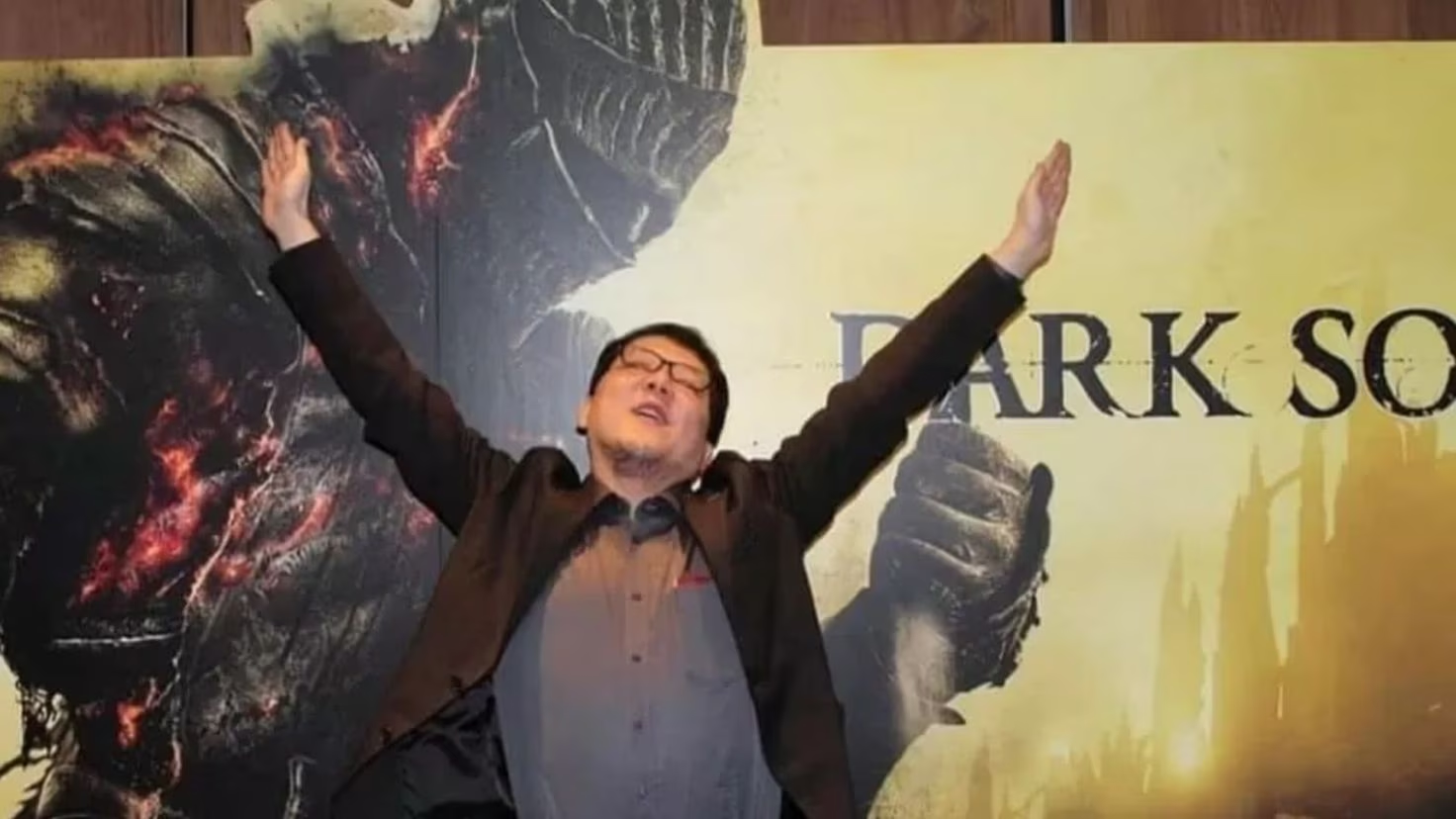
Tell me where and when | Game design school with Hidetaka Miyazaki
In what would appear to be a demonstration of undying fidelity to the cryptic storytelling inherent in his game design, Hidetaka Miyazaki has no confirmed birth date: officially, it is known that he came into the world between 1974 and 1975. It is known at least what the region is: the Chūbu. Graduated from Keio University in Minato (Tokyo) in social sciences, Miyazaki found a place as ACCOUNTING on behalf of the US Oracle Corporation, in order to pay her sister’s university fees. On the advice of a friend, the designer has his first encounter with video games on the advice of a friend: specifically Ico by Fumito Ueda, his muse together with Yuji Horii (Dragon Quest), cryptic title of 2001 for PS2. The change of working vocation encountered some hitches: few would have hired him at the age of twenty-nine without experience in videogame design. “Few”, however, does not mean “none”: it is rather synonymous with FromSoftware.
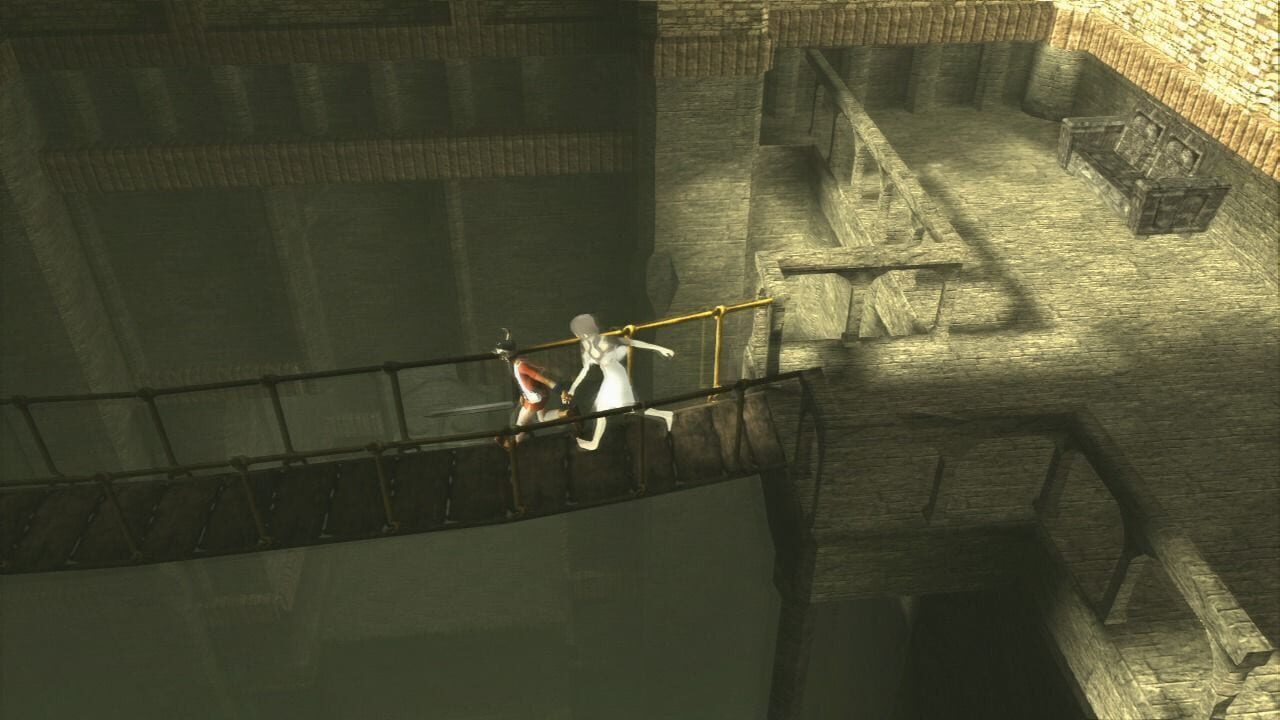
Possessed Mechas | Game design school with Hidetaka Miyazaki
After working in the planning of some elements for Armored Core: Last Raven, the directorial debut takes place in 2006 with Armored Core 4. In both cases, the series is characterized by an imprint of realism, from the construction of the mechs to the management of their costs. Characteristics, these, typical of a gameplay aimed at deconstructing the conventions of the genre to which it belongs. The unwieldy realism would reappear later once we learned of the troubled production of an action RPG. The title in question, branded Sony Interactive Entertainment and FromSoftware, seems to be a lost cause: nothing changes, therefore, if Miyazaki directs it. Incorporating his own game design ideas, Miyazaki shapes a game despised in previews and adored in reviews: Demon’s Souls, born in 2009. Or, in other words, the most profitable title for FromSoftware at the time. The rest is history.
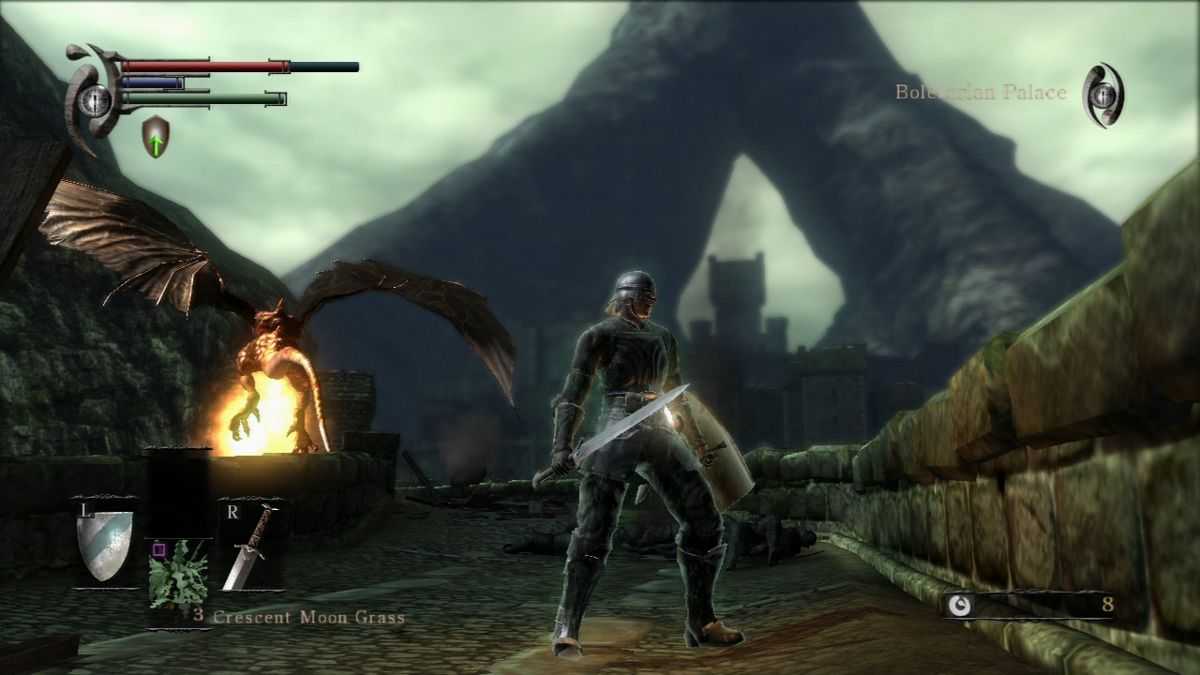
Smoke of Lordran | Game design school with Hidetaka Miyazaki
Following the success of Demon’s Souls, a spiritual successor was definitely in order. For this reason, once you make an agreement with Bandai Namco to release the second chapter from exclusivity on Sony platforms, work has begun for Dark Souls. Miyazaki described the “probation” of his subordinates as follows: “The first step was to establish with the designers the keywords to use in the initial brainstorming. After some mutual feedback and refinements, we can incorporate the ideas into our plans. Later, with the basic details of the game world, it is possible to make more focused requests on the use of the design in question and what it will represent in the game. One way or another, I give directions without intermediaries.” The result, as happened with Demon’s Souls, is an RPG that it owes its difficulty to the sum of its parts: experience points that double as currency, many chances to lose the progress made, bureaucracy on save points and statistics… the list goes on.
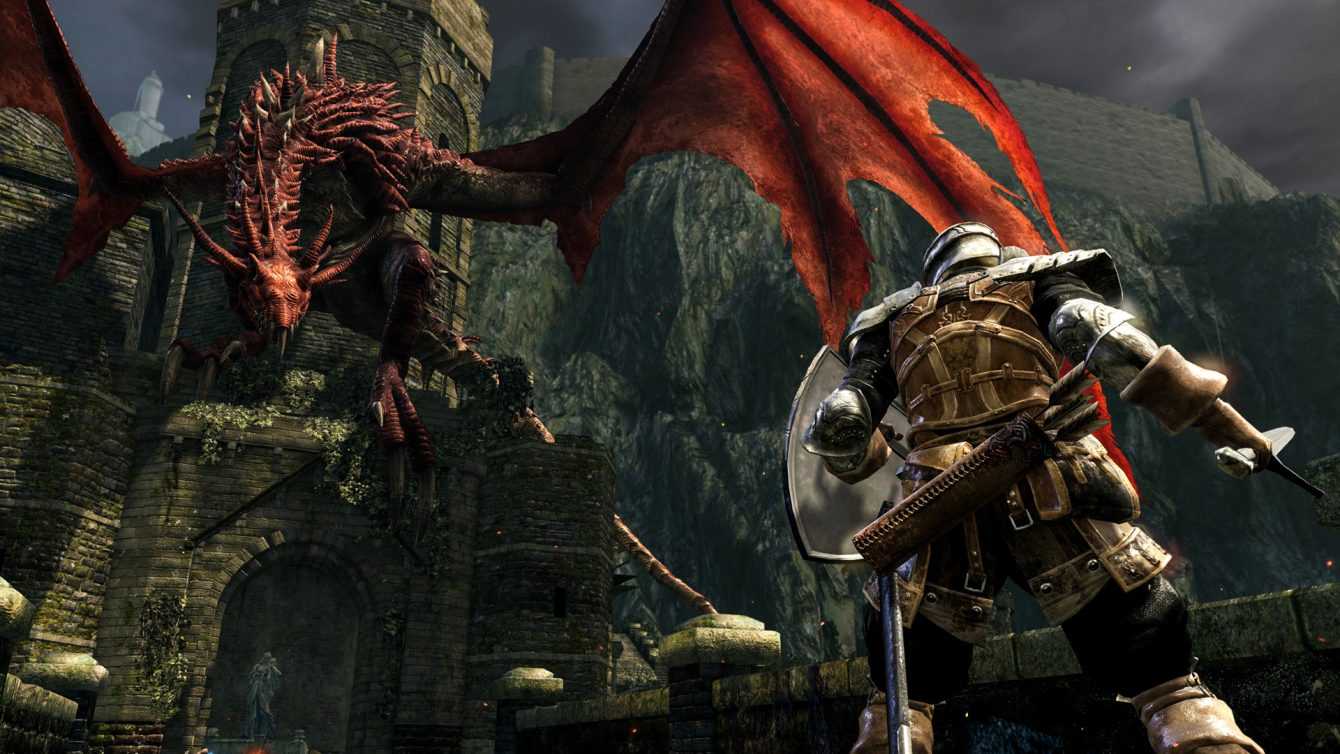
When the blood goes throat | Game design school with Hidetaka Miyazaki
The smashing success of Dark Souls made one thing clear: Hidetaka Miyazaki is the right man for FromSoftware. In 2014, the game designer becomes president of the company by establishing a record. Indeed, in Japan, a career change with promotion to the presidency within ten years was unheard of. These are all developments that have made Sony very tempted, suddenly ready to finance a Miyazaki project again. With Japan Studio and FromSoftware back side by side again, the designer draws inspiration from European gothic horror (Bram Stoker) then moves to cosmic (HP Lovecraft), in order to develop a game at the next-gen time. The result, code-named Project Beast, boasts a framerate deliberately set at 30. Despite the lack of a shared universe, the dictates of soulslikes are not lacking, except at the plot level (more explicit). This does not mean that the player is not invited to delve into the story with side elements. By replacing shields with firearms thanks to the Victorian setting, Bloodborne has finally made its debut on PS4.
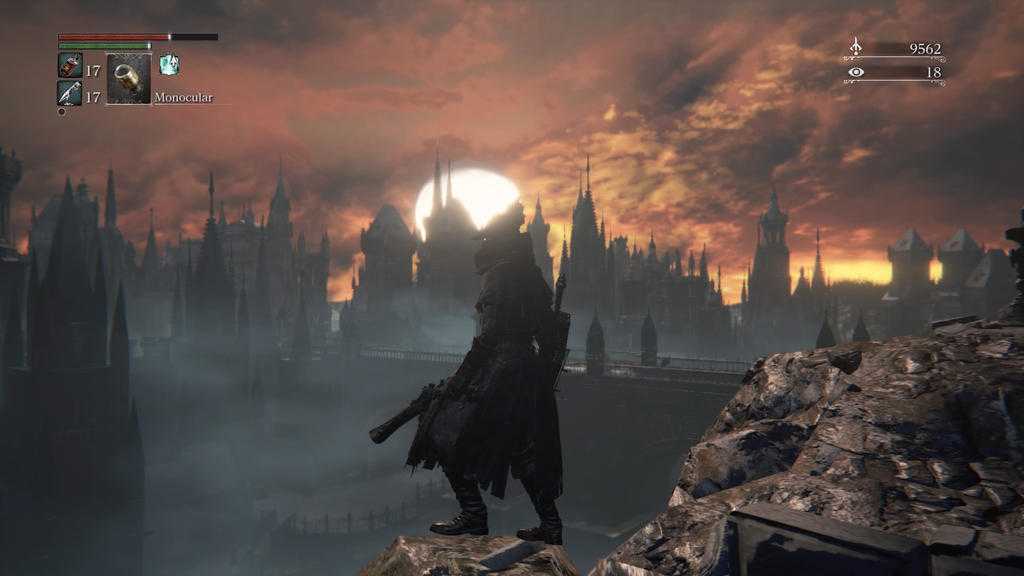
Black sheep, ancestral rings and the flames of the Rubicon | Game design school with Hidetaka Miyazaki
Sadly, all the talent and DNA from the Souls series ended up in Bloodborne, leaving Miyazaki with a mere overseeing role for Dark Souls II, still the least popular among fans of the series. Different speech, however, for Dark Souls III, released in 2016. Despite Miyazaki’s intention to withdraw from the IP, there was no shortage of spiritual successors. The VR game of 2018 Uprooted only keeps the designer’s cryptic narrative intact, leaving the role of “new heir to Dark Souls” to Axe: Shadows Die Twice of 2019. In this period, Miyazaki becomes a father for the first time. More recently, for Elder Ring collaborates with George RR Martin, author of the novels from which Game of Thrones was based and idol of the Japanese author. The new soulslike in sauce open world it triumphed in the various awards, but for now it remains Miyazaki’s last work. After an initial role as director for Armored Core VI: Fires of Rubicon, in fact, he has given way to Masaru Yamamura.
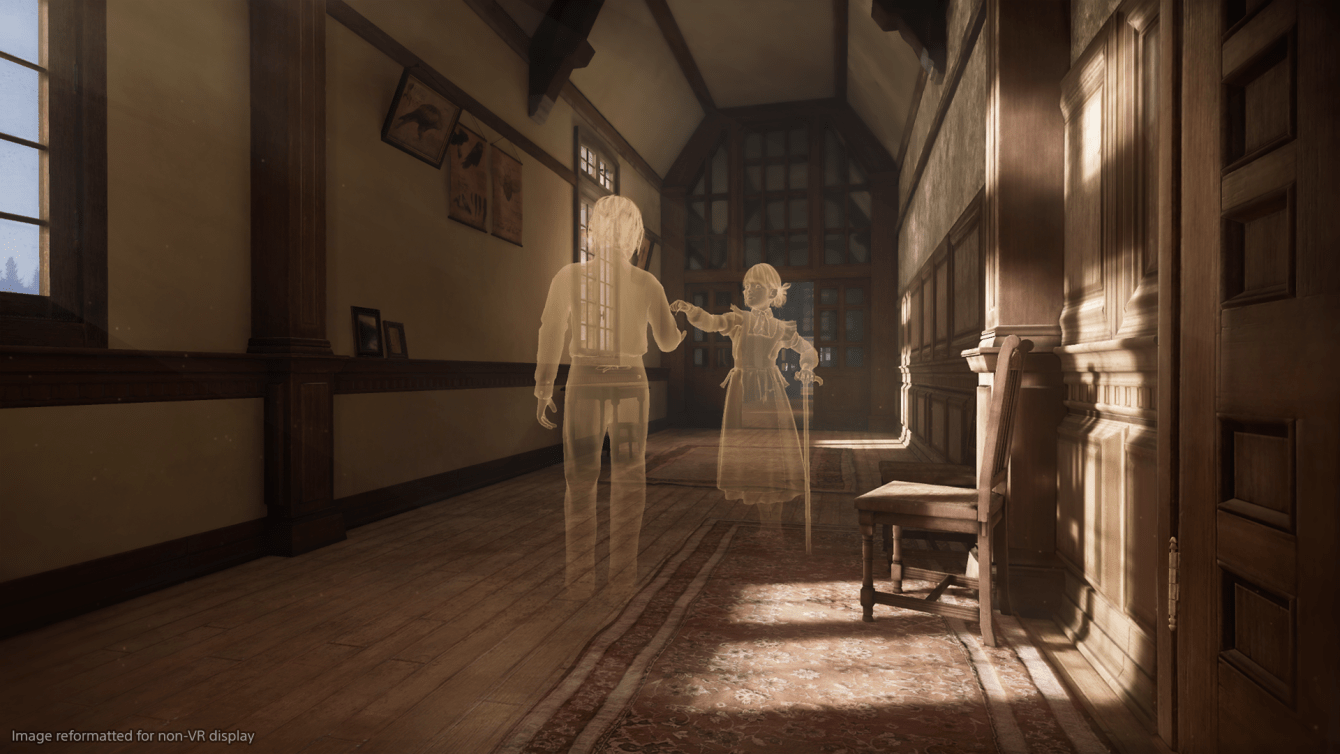
Un_ st_ri_ d_ int_rpret_re | Game design school with Hidetaka Miyazaki
If you had trouble reading the title above, don’t worry: Miyazaki went through this before as a kid. Already at an early age he loved to read more books than his parents could afford. The local library allowed you to borrow them, but as a kid the game designer had a fixation for overreacting: the challenge in read books in english it was, of course, to understand something with the help of the figures. From here, the concept of the much noble lore: the contextual and indirect narration carried out through dialogues with NPCs, descriptions of objects and so on. Fan of Ico, Miyazaki also loved King’s Field, The Legend of Zelda and similar titles. Also manga I’m a constant muse, one above all Berserk. Western literature fascinates him, and so doesarchitecture: an example is Anor Londo, the majestic city of Dark Soulsas well as a tribute to the Milan Cathedral.
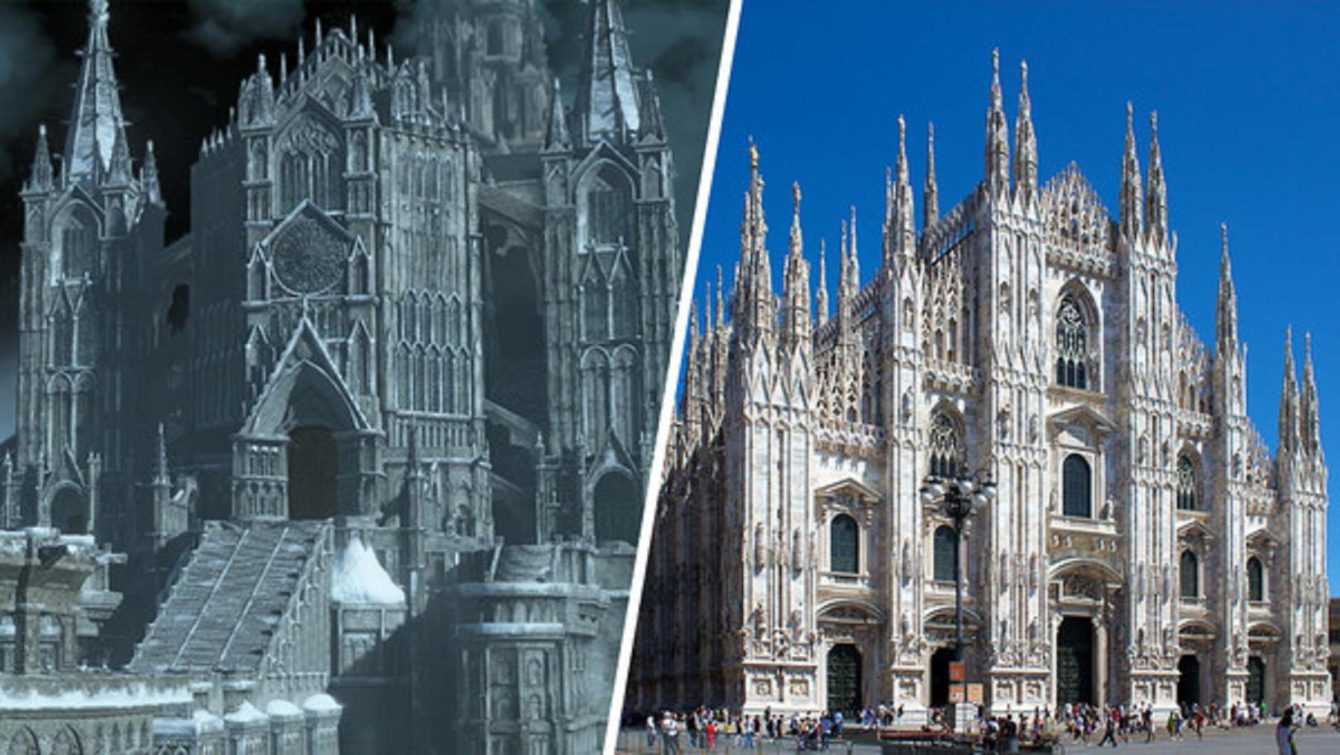
Thanks, whoever you are | Game design school with Hidetaka Miyazaki
Let’s get to the “flab”. As creative director of a project, Miyazaki is in charge of writing the story, dialogues and text, deciding whether or not to approve the design of certain characters. Well, sort of. He got caught up once: Dark Souls’ wild Gwynevere was a bit too provocative for the setting, but legend has it that the game designer couldn’t say no to the character designer, such was the satisfaction on the face of this ‘last. The multiplayer mechanics, likewise, refer to another anecdote. On one occasion, while driving on a snowy road, Miyazaki noticed others like him helping each other by pushing cars, including his. Not having had the opportunity to thank them, he wondered if they had reached their destination: a silent cooperationthis one, which inspired the strange co-op of his games.
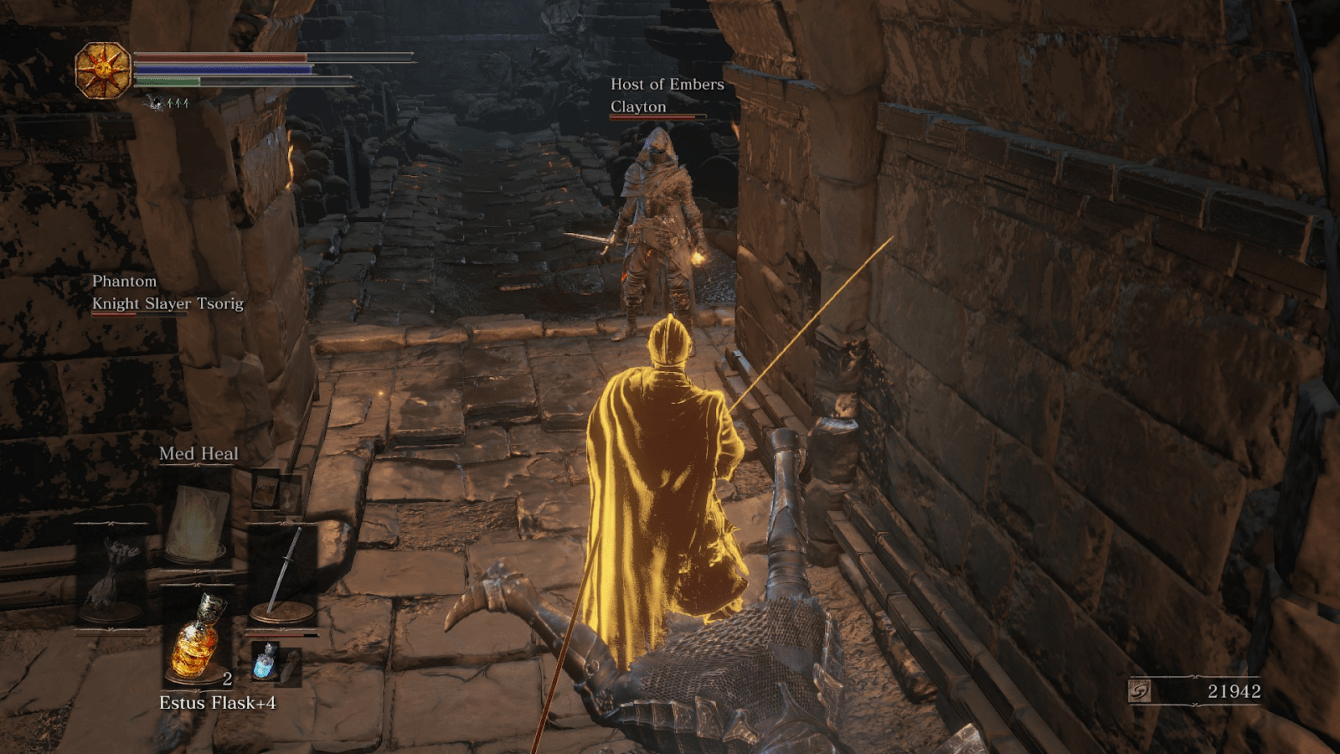
“YOU’RE DEAD” | Game design school with Hidetaka Miyazaki
Miyazaki stated that the difficulty of his games are not born, as hard as it is to believe, for the sake of irritating the players. Rather, the intent is to make the public proud. “Ever since Demon’s Souls,” he says, “I’ve wanted to create games where the player feels accomplished for having overcome a previously insurmountable obstacle. If the game said ‘Oops, you’re dead, now shut down’, it wouldn’t succeed. You need to have something to learn from so that death in video games is a positive experience.” The added incentive, of course, is the experimentation with a character build, although the game designer admitted that the idea of learning from failures was accepted by the mainstream audience with the success of Demon’s Souls. NarrativelyMiyazaki doesn’t dislike the direct approach, but prefers (remember the kyokan?) that the players interpret it for themselves by digging on their own. All these characteristics of theauthorial approach devoted to a style developed in a few years. There is also some masochism stated, but they are details.
The way this Dark Souls interview gives so much insight on why the soulsborne games are the way they are pic.twitter.com/NFG0tzkULM
– albi (@_7albi) December 14, 2021
Recurring Items | Game design school with Hidetaka Miyazaki
Controllers thrown to the wall aside, the recurring elements in Miyazaki’s games there are several. The combat it is dynamic and in some ways harmonious, but complex. L’immortality through continuous resurrection it is an element justified by history, as is the loss of currency (which counts as experience points) with each death. The boss finale they always face each other in one-on-one confrontations of a tragic nature. The level design it is always interconnected. The story and lore are cryptic. Each game features a base where a female NPC takes care of offering us refreshments and, if possible, upgrades. In every title curated by the game designer, a high power contributes to the miserable state where the game world is; it’s up to the player to change things, for better or for worse. The heroes they have lost their glory or their humanity, as the case may be. And finally, there is always one poison swamp. Miyazaki admitted in an interview that no one loves the Infamous City and its derivatives, but he can’t help it: “without realizing it” he finds himself creating one. (Later in the interview, the game designer gets to reveal the name of the atrocious Elden Ring lake.)
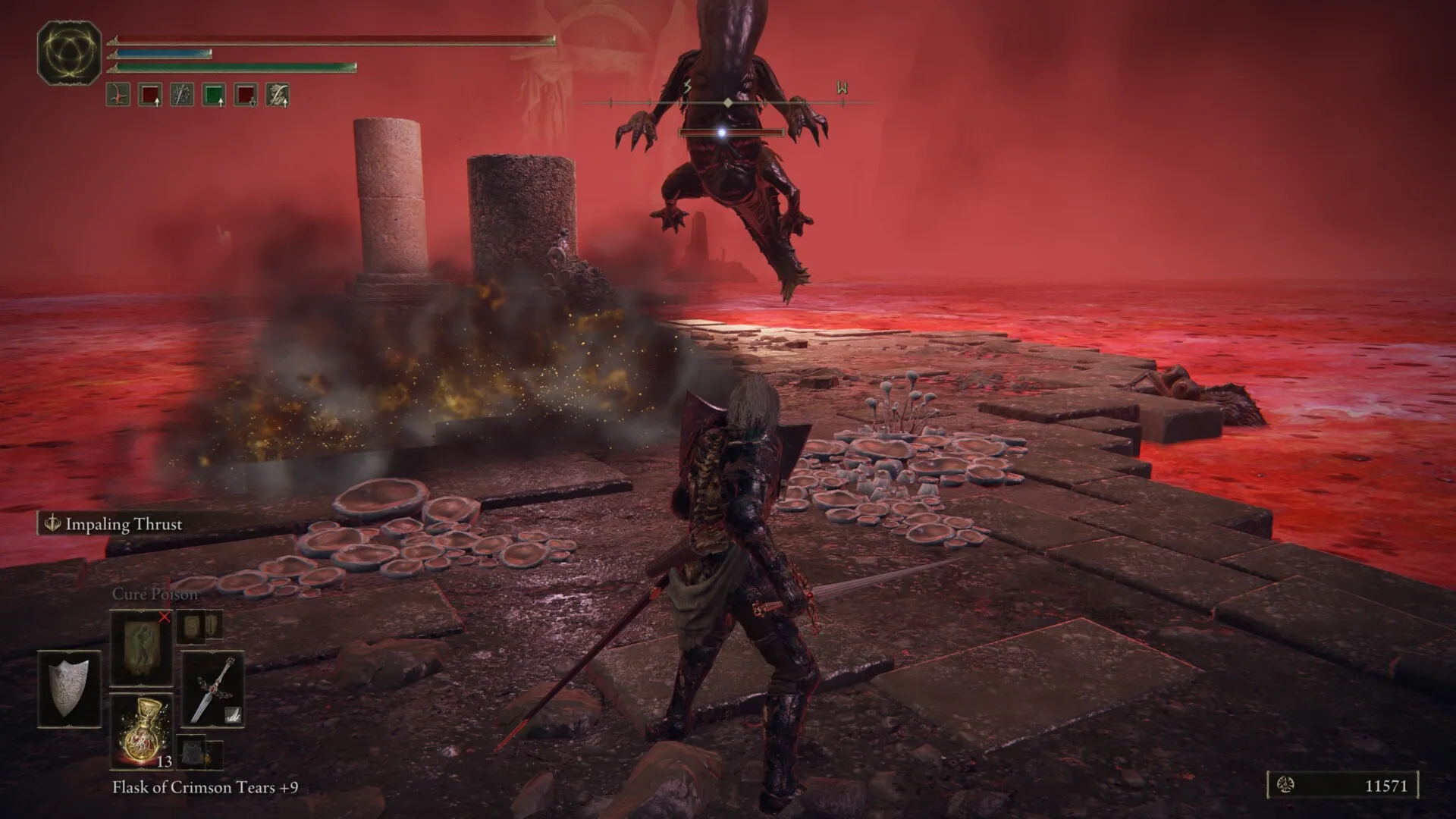
“The more I know people, the more I love animals”
And, in the same way, “the more I play Dark Souls, the more I appreciate Kirby”: disagreements by yours truly for certain game design ideas permitting, there is a merit in the work of Hidetaka Miyazaki. For what are the concerns due to the excessive and exaggerated cinematographic spectacularization of the video game, this visionary designer’s approach put the narrative in the hands of the gameplay. It is not a story that will come to us…






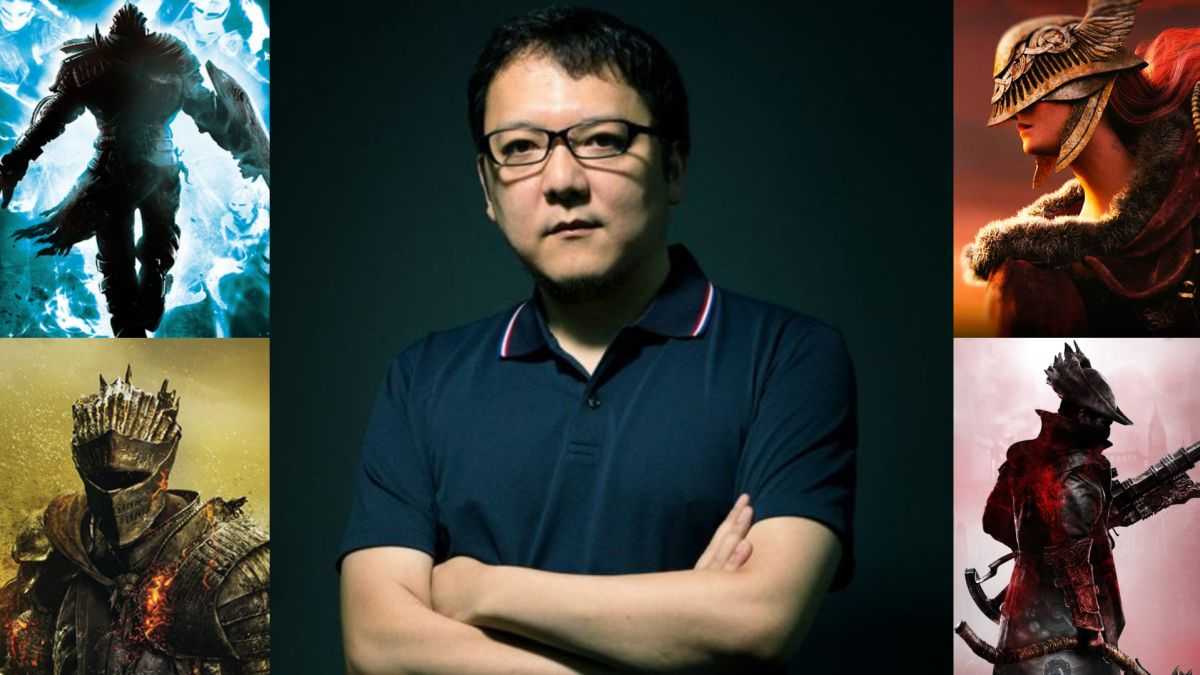






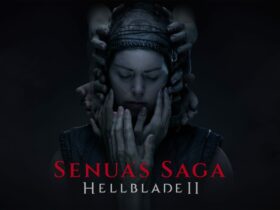

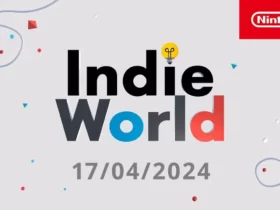
Leave a Reply
View Comments